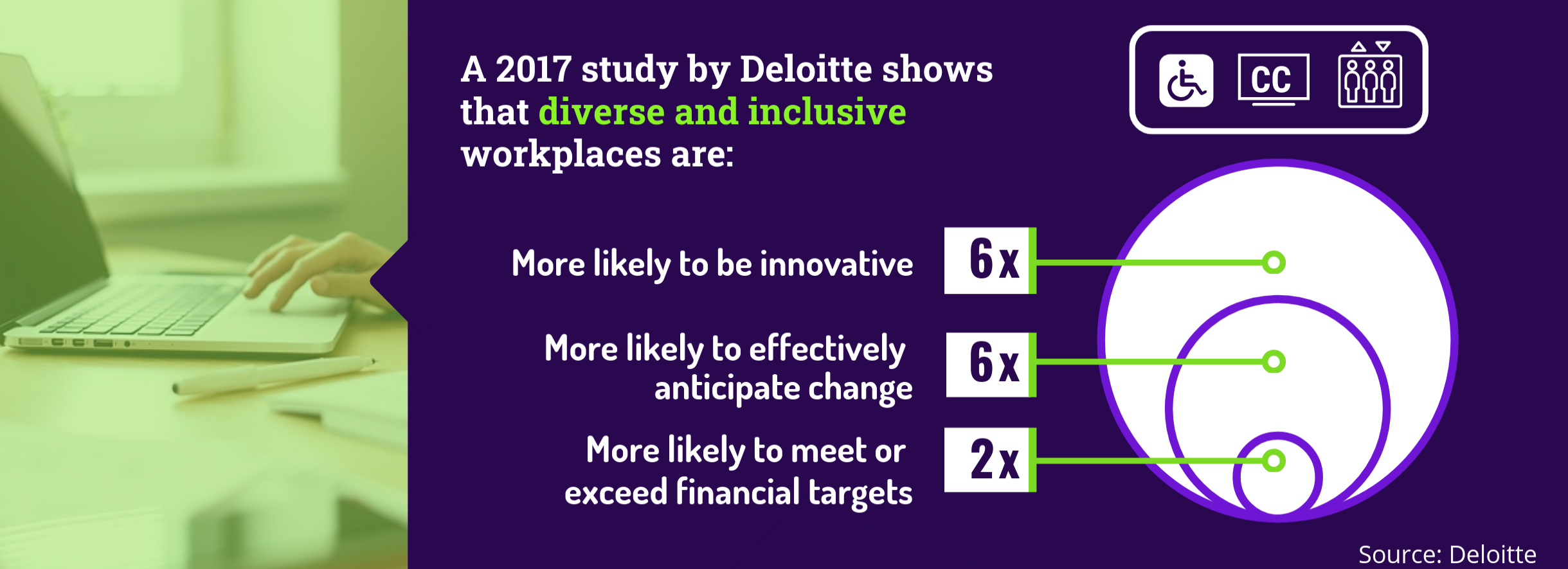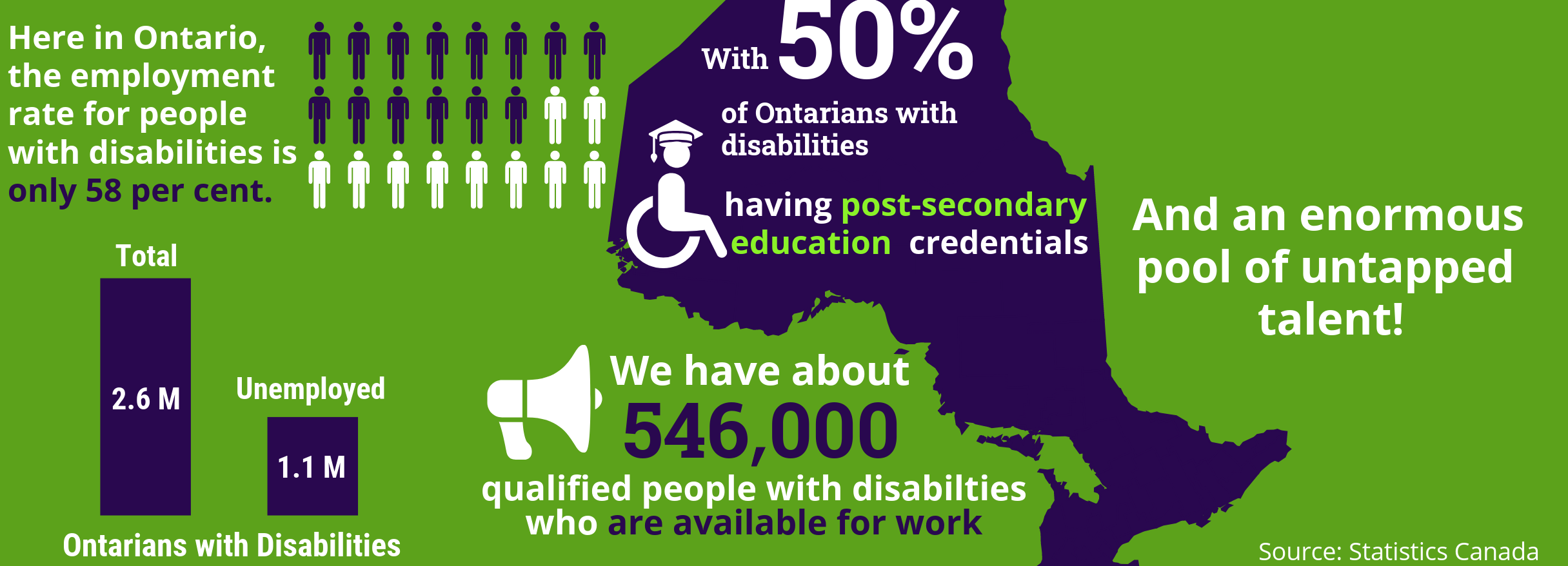Why & How
The World is Changing & Your Company Needs to Change With It!
Whether it’s employment, procurement, marketing or customer service, it’s now more important than ever for your business processes to be inclusive to people with disabilities.
Why?
With so much uncertainty right now around when people will be able to return to working at the office, your team would significantly benefit from having staff on hand who are fully equiped for, and already confident & experienced at working from home.
Many people with disabilities have been productive online for up to 20 years already at this point. They are well-versed with web-based technology, remote learning and some even with team collaboration strategies.
The opportunity here is clear: people with disabilities are a huge untapped talent resource. For example, here in Ontario, the employment rate for people with disabilities is only 58 per cent, compared to 81 per cent (pre-COVID-19) for people without disabilities.
The extent of that disparity is echoed globally. Whether you’re in Canada, the US, Australia, the UK, India or any other country across the globe, people with disabilities have staggering rates of unemployment as well as rampant underemployment for those who are employed.
But the reality is that an average of 50% of people with disabilities are qualified candidates with post-secondary credentials, amounting to over 1/2 a million people in Ontario alone!
Click on images to enlarge
Studies have shown that companies that embrace disability inclusion experience 28% higher revenue, double their net income and a 30 percent higher profit margin than those that don’t. Plus they enjoy elevated company culture, social impact creds, lower absenteeism, reduced health & safety costs and steller customer & employee loyalty.
Finally, there’s the fact that people with disabilities represent purchasing power worth a whopping $55 billion annually in Canada and $1 trillion globally. And in addition, we influence the buying habits of family, friends & neighbours.
If you’re not recruiting from and marketing to this massive untapped population, you’re losing out on manpower, suppliers, sales and revenue. Can you afford to leave that much business on the table?

I’m Trish Robichaud, CEO, and Founder of Changing Paces, and I’m here to tell you that making your processes accessible to people with disabilities is simply good business. Accessibility and inclusion ARE the law, but here’s what you may not realize:
Disability inclusion is an opportunity, not an obstacle
In fact, organizations that embrace disability inclusion enjoy the following financial benefits:
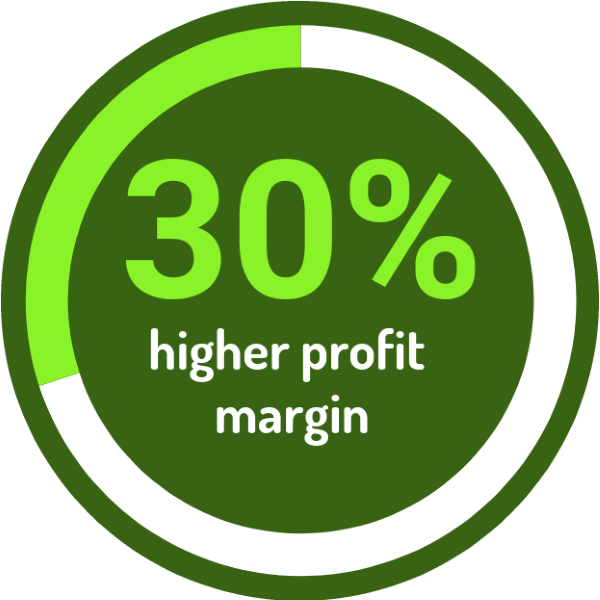
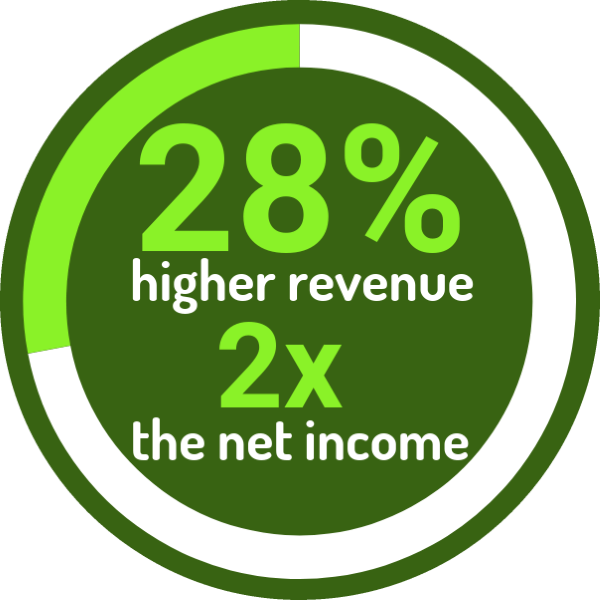

You Are FAR From Alone!
“It seems that many organizations have been on autopilot when it comes to disability recruitment,” and that needs to change, says Alex Alonso, Ph.D., SHRM-SCP SHRM’s chief knowledge officer. Only about 25 percent of organizations have explicit goals for recruiting and hiring people with disabilities, he noted.
There’s a lack of training in this area. Only about 1/3 of organizations offer disability sensitivity training to all managers and supervisors. Among people managers and HR professionals, 61 percent & 51 percent, respectively, have not participated in any disability-inclusion training, the Foundation found.
only
25%
of organizations have explicit goals for recruiting and hiring people with disabilities
only
1/3
of organizations offer disability sensitivity training to all managers and supervisors
a staggering
61%
of people managers have not participated in any disability-inclusion training
and
51%
of HR professionals have not participated in any disability-inclusion training either
Lean on Us, We’ve Got This Covered
Trish Robichaud, our CEO and Founder, is a Work Life Inclusion Coach, Accessibility Compliance Consultant & a Motivational Speaker who lives with multiple sclerosis, heart disease, and bipolar disorder. She is Owner and Founder of Changing Paces.
Trained in the facilitation of adult education, support counseling, self-advocacy, social action, and life skills, Trish has been providing coaching, counseling and advocacy support to people with chronic illness or disability for well over 25 years. Along side that work, whe has been facilitating disability awareness training and consulting with organizations in the proviate, non-profit, public and municipal sectors for over 15 years on the topic of disability inclusion.
Trish is a warm and funny, powerhouse of a woman who says that while she may have mutiple disabilities, she is definitely NOT disabled. She’s gifted at taking clients by the hand and walking them through their development process, one doable step at a time.

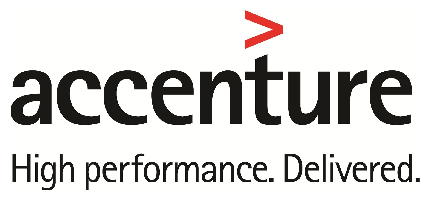
"Trish is a very engaging and knowledgeable speaker in the area of corporate disability inclusion. She has creative methods for sharing best practices.”

“The training is effective because it allows people to put themselves in the shoes of the traveler that has a disability and gives us insight into things we may personally be doing that are unintentionally wrong. Once learners can connect with that, they are more likely to remember those lessons and correct their own behavior.”

“Interactive discussion, well-led and summarized. Great insights and suggestions. We could have talked longer! Everyone was wonderfully engaged.”
How?
Step 1
BOOK
a FREE ProfitAbility Strategy Session TODAY!
feel good about taking action now
Step 2
COMPLETE
and submit your ProfitAbility Assessment
get real about where you’re currently at
Step 3
REVIEW
your situation with an accessibility compliance expert
gain insight on where to go from here
Step 4
PLAN
for engaging customers & employees with disabilities
take ownership of planned initiatives
Step 5
IMPLEMENT
plans for ProfitAbility & disability inclusion initiatives
build company resiliance & strength


